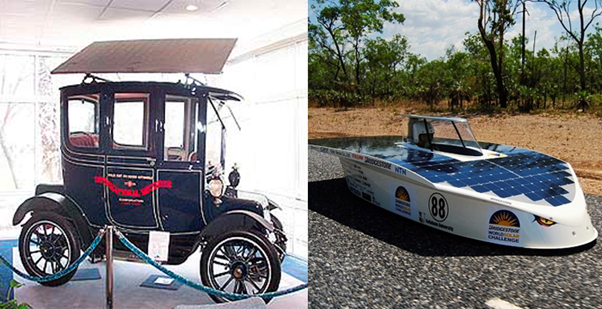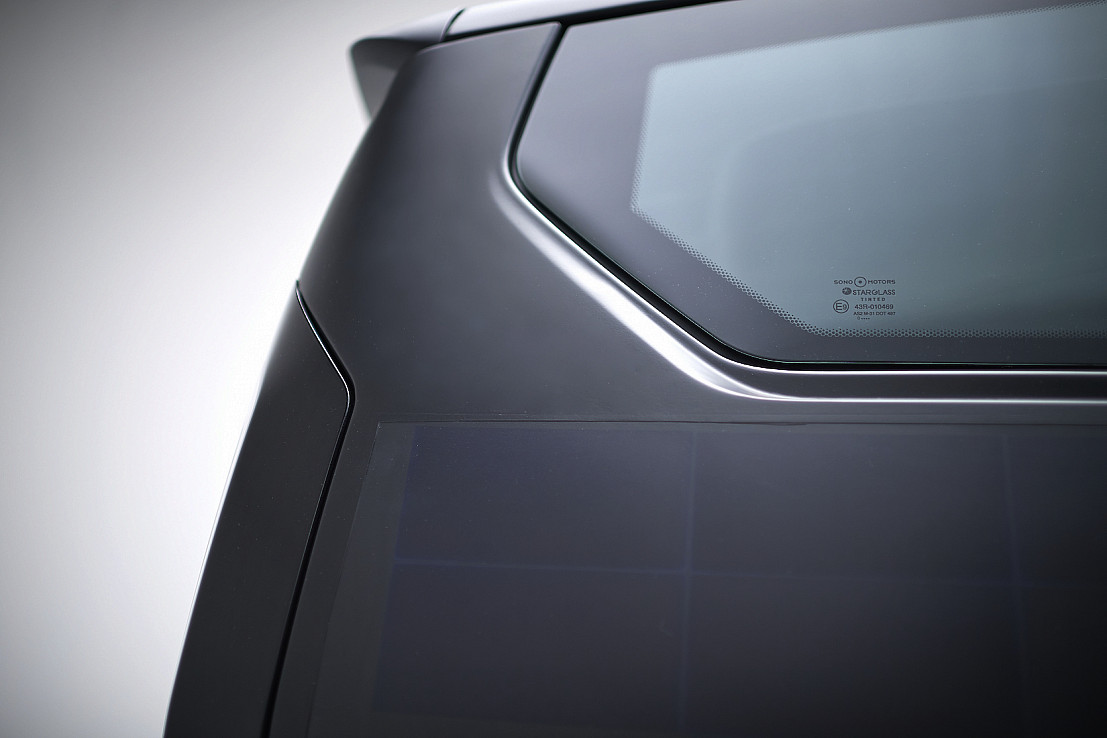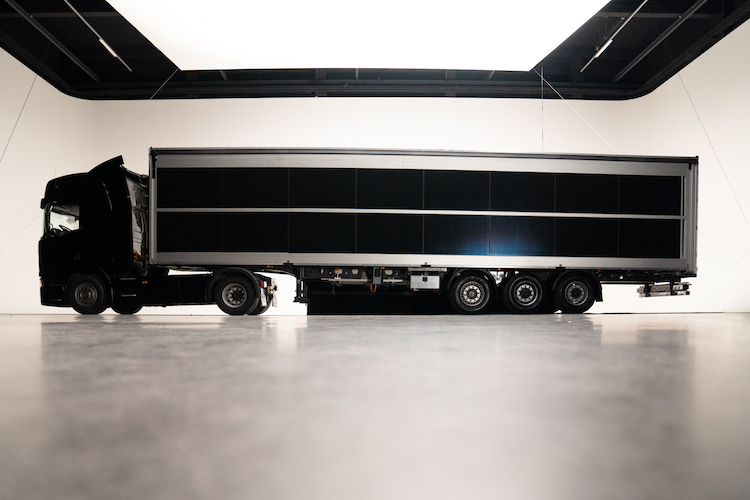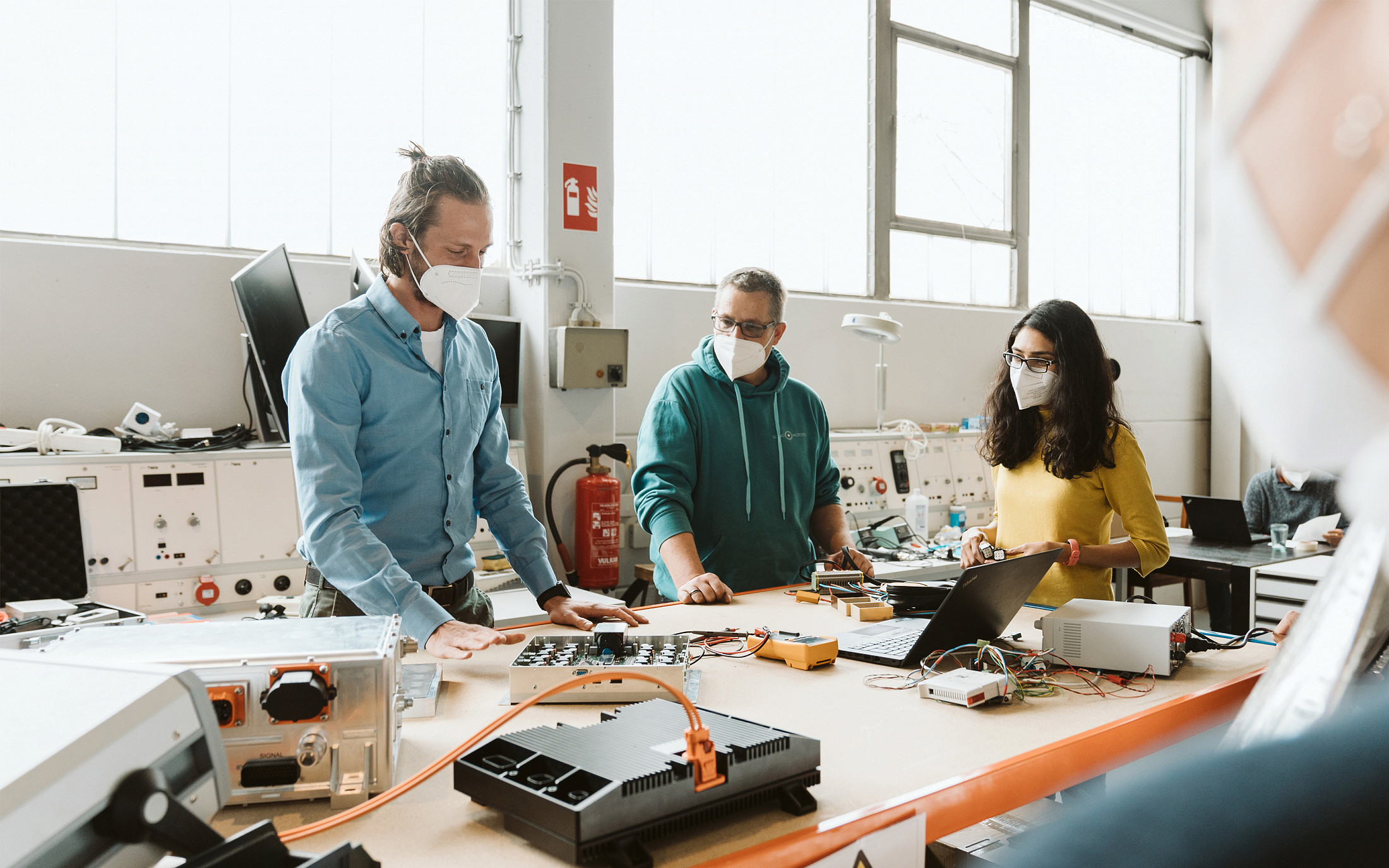The sun is the star of our solar system – a gigantic, scorching ball made up mainly of hydrogen and helium that is 1.3 million times bigger than planet earth. Due to its enormous size, it makes up 99.86 % of our solar system’s total mass. And since it is constantly creating energy through nuclear fusion reactions in its core it is by far the most important source of energy for life down here. Theoretically, the sun provides more energy in an hour than all humans use in a year. Why not use it?
Okay, we are using it already. Solar technology has been around for 180 years, even though back then it was dismissed by many scientists due to the domination of energy technologies based on the burning of coal. However, as Bob Dylan famously sang in the 1960s, “the times they are a-changing”, and the Sion’s solar technology might be one example of many.
Mobility Driven By the Sun
As well as it is not new to create energy by exposing certain material to light, putting solar cells on vehicles isn’t new either. According to the U.S. Census Bureau, engineer William G. Cobb of General Motors demonstrated his first take on solar mobility in 1955. It looked a little different than what physicists and engineers would continue to develop in the decades to follow – but hey, he tried.

Fortunately, the Sion is not designed like these two examples. Our goal is to develop a car that uses solar energy but is also suitable for everyday use. To achieve this, we have come up with our own technology, which differs primarily in the integration of the cells into the vehicle body. Here, the magic word is ‘injection molding’.
Injection molding is a manufacturing process that allows you to create complex molded parts from polymers. To do this, you use a mold into which you inject a hot polymer melt to form your part. Almost all polymer items around you are made by injection molding. It is a very fast manufacturing process that allows for a low scrap rate and complex geometries.
In our case, we have developed a unique process that allows us to integrate the solar cells into the injection mold, thus integrating them into the polymer matrix of the body parts during their production. This is our own patented technology with which we can achieve seamless integration of monocrystalline IBC solar cells into the car’s body panels.

We are now able to waive using glass, a back sheet, a junction box, or an aluminum frame. The glass is replaced by a transparent thermoplastic whereas the aluminum frame, back sheet, and junction box are substituted by a non-transparent thermoplastic. As a result, our solar body panels are protected from external influences by the special polymer coating which brings a variety of advantages. The panels have a high resistance to physical impacts and are shatterproof.
Additionally, we can drastically reduce the weight of solar panels compared to conventional glass modules by more than 50 %. That makes our panels not heavier than standard car body panels. Furthermore, our tested material selection and solar cell technology ensure maximum efficiency, a higher yield on small surfaces, and seamless adaptation to the car exterior, where the solar cells are almost invisible.
The Sun - an Infinite Source of Energy?
Scientists estimate that for at least five billion years, the sun will continue to provide the earth with energy. After that, it will run out of hydrogen and will become a so-called red giant. This gives us more than enough time to use the potential of solar energy for all sorts of purposes and use cases. According to different market studies, the need for solar technology will continue to grow. The IDTechEx report on solar vehicles states that the number of units of solar energy cars will increase from 5,300 to 2,852,400 over the next twenty years (2021-2041) and that this market alone will grow in value from $0.2 billion to $39.5 billion over the same period.
Thanks to our proprietary technology, we are more than well prepared for this growth. Its biggest advantage is the flexibility that makes it possible to integrate it into all sorts of surfaces. For middle-size electric vehicles like the Sion, more than 1 kWp of solar cells supports extending the driving range and reducing dependency on the grid. For non-electric vehicles, this solar technology can power all auxiliary systems such as cooling, HVAC, and lifts, reducing the cost of ownership.

In the case of the Sion, we can achieve an LCOE (Levelized Cost of Energy) of 0.12c€/kWh in Munich. That is far below the energy cost at a standard charging station. It, furthermore, enables a reduction of 20 % of the total cost of ownership of the vehicle over the first eight years, as more than 5,000 kilometers per year will be provided for free. Energy from the sun is simply cheaper than from the grid.
We call this versatile applicable solution Vehicle Integrated Photovoltaics (VIPV). Simply put, it gives free electricity to any vehicle that needs energy, in the most holistic and ecological way since it can be adapted to all sorts of modes of transportation – from cars, vans, trucks, trailers, buses, to trains, yachts, and cruise ships. At this year’s Consumer Electronics Show we presented one potential use case – the Sono Solar Trailer.

Our basic assumption was that when located in Munich and providing a usable surface of 115 m², our solar integration could generate an average of 38 kWh per day. This would mean that about 16,990 kilometers a year could be covered by a truck using only solar energy. These are conservative numbers, the actual outcome can be even higher depending on the hours of sunshine.
Our friends from EasyMile have recognized the potential of this technology. Earlier this year, we announced that together we will evaluate the integration of our technology into their autonomous shuttle EZ10. We hope that we will soon be able to share details on similar cooperations.
Status of Development
Since our presentation at CES in January, we have made great strides in technology development. One of the biggest steps we took was managing to charge the Sion’s battery in real-time while driving. As intended for the series vehicle, our infotainment system displayed the correct number of power, voltage and amperage generated. Of course, we documented this historic step.
Next to the technological progress we also see more and more people becoming interested in our concept. As indicated by the IDTechEx report, the need for sustainable energy, and thus also sustainable mobility, is growing.

The same applies to our team, which is also becoming increasingly multicultural and interdisciplinary. In the Sono Solar Group, we have colleagues from five different countries as well as a perfect mix of experienced and younger people from the automotive and photovoltaic industries. Currently, we are 23 engineers, designers, E/E, and product experts working to prove to the world that solar integration can be so much more than a little gimmick.
